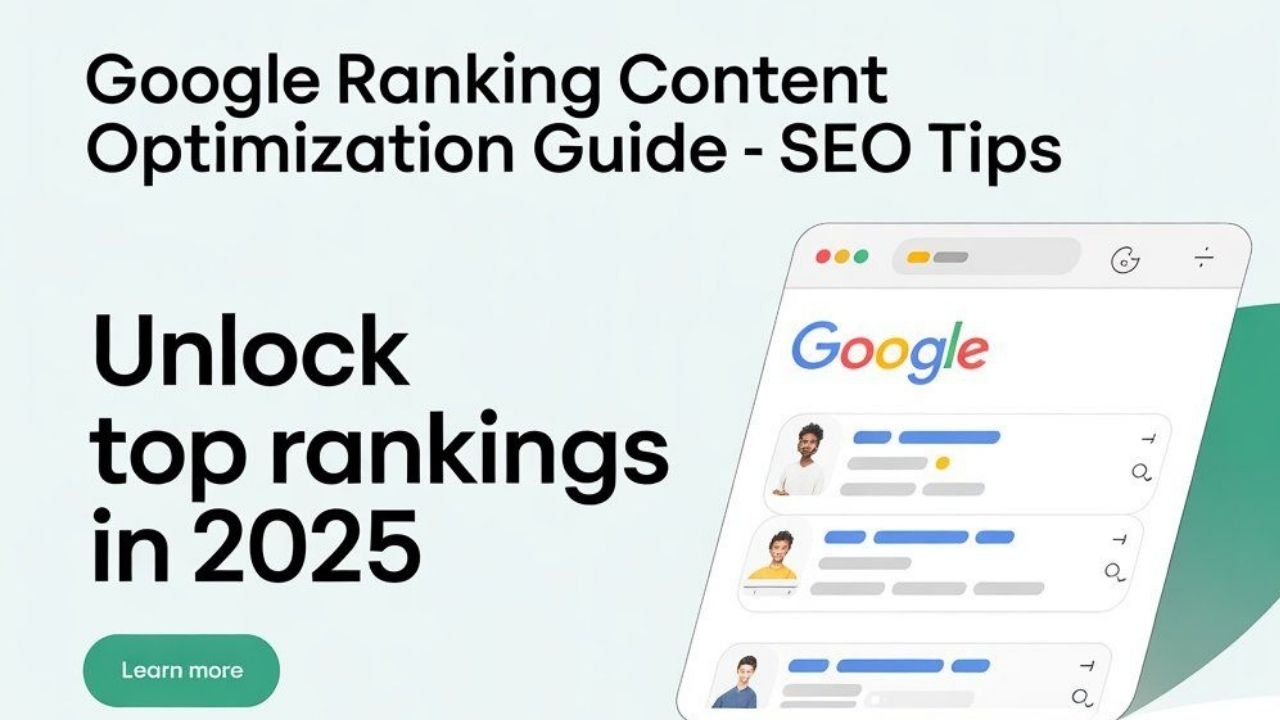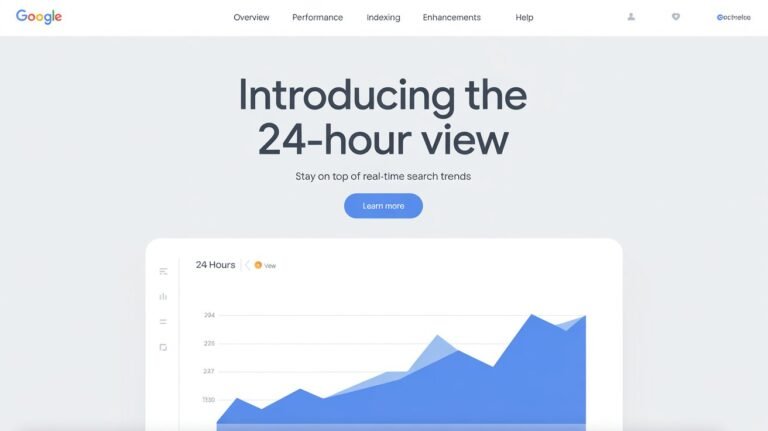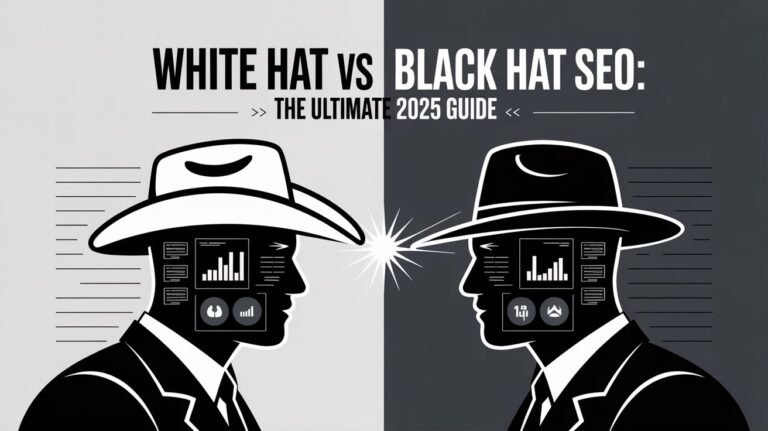A Complete Guide to Google Ranking Content Optimization for SEO and AI-Friendly Writing
Introduction: Why SEO-Optimized Content Is Important for Your Success
Getting to the top of Google’s search results is very important in today’s very competitive digital world. You need Google ranking content optimization that appeals to both search engines and users if you want to stand out from the crowd. This post will show you how to make your content better for both Google’s AI algorithms and standard SEO methods. This comprehensive Google ranking content optimization guide can help you improve your rankings, whether you’re a content writer or a business that wants to get more attention.
What SEO-Optimized Content Does
The most important part of every successful website is its SEO-optimized content. It makes sure that your page shows up high in search engine results pages (SERPs) and gets traffic from search engines. Content is frequently the most important part of a website’s rating; thus, it’s important to get it right.
For instance, a page that went from the fourth page of Google to the top page in just two weeks by adding SEO-friendly material to existing pages that weren’t doing well. This example shows how quickly optimization can improve your website’s performance.
Step 1: Knowing the Difference Between SEO Writing and Google Ranking Content Optimization
If you want to do well on Google, you need to know the difference between writing for SEO and writing for content. Both are important, although they do distinct things:
SEO Writing
SEO writing is a form of writing that focuses on using relevant keywords and phrases to improve the rankings of a website. It makes sure that search engines can find your material and that it matches what people are looking for. SEO writing is meant to help Google comprehend your content better.
Writing for the Web
Writing for the web, on the other hand, is all about giving your audience interesting, useful, and important information. It tells stories to keep readers interested and gives them answers to their concerns.
The ideal way to do this is to use both strategies: follow SEO best practices and write content that is interesting and useful to your audience.
Step 2: Do a lot of research on keywords
Keyword research is the most important part of SEO authoring. Here’s how to do it right:
Use Advanced Tools
Ahrefs and Google Keyword Planner are two examples of tools that can help you find keywords that people are looking for and that don’t have too much competition. Find keywords that are relevant to your audience but not too hard to rank for.
Know What People Are Looking For
It’s important to know why people are looking for certain keywords. Your material should meet their needs and fulfill their search intent, whether they are looking for information, making a purchase, or comparing possibilities.
Use Latent Semantic Indexing (LSI) Keywords
LSI keywords are words that are connected to your main keyword and assist Google in comprehending what your content is about. Tools like Surfer SEO can help you find these important words.
Step 3: Putting your content together in a way that has the most effect
To get a higher rank on Google, your post needs to be well-organized. This is how to organize your material such that it is easy to read and good for SEO:
Use Clear Headers and Subheadings
Use H1, H2, and H3 tags to break up your information into easy-to-read chunks. Each part should talk about a different part of the topic and use the right keywords.
Start Your Article with an Engaging Introduction
Start your article with an interesting introduction that incorporates your main keyword and answers the reader’s question right away.
Body Structure
Split the body into clear sections with descriptive subheadings. To make it easier to read, use bullet points and numbered lists.
Conclusion
Finish your piece with a summary of the main ideas and a call to action (CTA) that tells the reader what to do next, like sign up for a newsletter or buy something.
Step 4: Writing thorough, high-quality content
To have a good ranking, you need to make content that is useful and covers a lot of ground for your audience. Long-form material (1,500 words or more) frequently does better in search results since it is more complete.
Be Informative and Captivating
Your content should give users answers to their questions and useful information. Make sure your content gives answers instead of merely focusing on keywords.
Don’t Stuff Keywords
Stuffing keywords is an old SEO trick. Instead, put your goal keywords in the title tag, URL, and H1 element in a way that makes sense and is useful.
Use Multimedia
Add pictures, videos, and infographics to your content to make it more interesting. Google gives pages with multimedia better rankings because it makes users more likely to interact with them and lowers bounce rates.
Step 5: Making Google AI algorithms work better
BERT and RankBrain are two of Google’s AI algorithms that help rank content. These algorithms are all about semantic search, which means they try to get a better idea of what people are asking.
Here’s how to make Google’s AI work better:
Answer: First Material
Make sure your material answers the user’s question right away before going into more depth. This helps both Google’s AI and your users see how useful your material is.
Natural Language
Write in a way that sounds like how people talk to each other. Don’t fill your material with too many keywords. Instead, make sure your material is high-quality, easy to read, and sounds natural.
Step 6: Writing Good Titles and Meta Descriptions
A title and meta description that attract people’s attention are important for getting more clicks from Google. This is how to make them better:
Title Optimization
Your title should have your core keyword in it and be interesting enough to get people to click on it. If you want more people to click on it, try adding numbers, emotional triggers, or questions.
Meta Description
Include your main keyword in a meta description that is interesting and makes people want to click on it. It doesn’t directly affect ranks, but it’s vital for boosting CTR. Make it short—about 160 characters.
Step 7: How to Use Links Inside and Outside
Links from both inside and outside your site are essential for SEO.
Internal Links
Links to other pages on your website that are related to the one you’re on help Google crawl your content and keep people on it longer. This makes the experience better for users and for search engines.
External Links
Adding links to reliable, authoritative sources from outside your site tells Google that your material is trustworthy and well-researched.
Step 8: Using CTAs to Get Readers Interested and Change Their Minds
Good calls to action (CTAs) get people interested and help them convert. Check that your CTAs are:
Action-Oriented
Use action verbs like “Download,” “Sign Up,” or “Learn More” to get them to do something.
Visible
Make sure your CTA buttons are easy to see and discover.
Engaging
Give something of value in return, such as a free resource or a fantastic deal.
Step 9: Monitor, analyze, and enhance your content
It’s important to keep an eye on how well your material is doing and make changes when necessary. You can find out how well your content is doing with tools like Google Search Console and Google Analytics. Find ways to make things better.
User Engagement
Are consumers spending time on your page or leaving quickly? This is called user engagement. Make your material better so that people will stay reading.
Bounce Rate
If people are leaving your page too quickly, make your content more interesting and helpful.
Conversions
To get more conversions, make your CTAs and the overall experience better for users.
The Secret to AI-Friendly Content and SEO Success, in Conclusion
If you combine SEO best practices with writing that is interesting and focused on the reader, you may greatly increase your search engine rankings and get more people to read your work. You may do well in SEO and stand out from the crowd by making material that is well-organized and of high quality that meets both Google’s AI algorithms and what users want.







